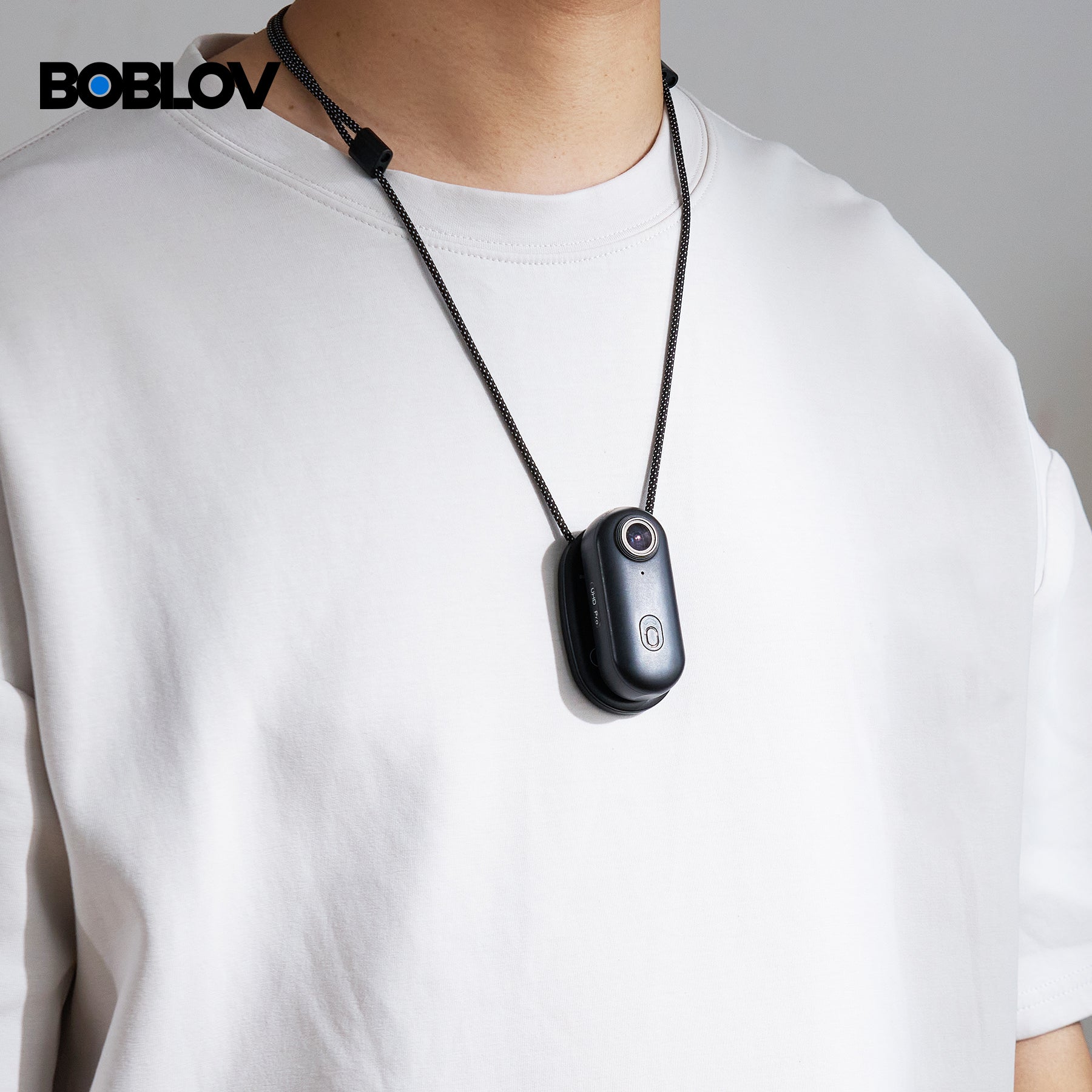The Evolution of Body Cam Technology in Law Enforcement
Pioneering Innovations: The Development of Boblov Body Cam
Boblov has been at the forefront of body cam tech. They started with a simple idea: make police work more transparent. Over time, they improved their designs. Early models were bulky and had short battery life. But Boblov kept working to make them better. They focused on making cams smaller and more durable. They also improved video quality and storage. Boblov's efforts have paid off. Their body cams are now used by many police departments. These cams have become vital tools for modern policing.

Technological Advancements: How Boblov Is Leading the Way
Boblov is always pushing the limits of body cam tech. They've made big strides in video quality. Their latest cams can record in 4K resolution. This means clearer, more detailed footage. They've also improved low-light performance. Police can now get good video even at night. Boblov has made their cams more user-friendly too. They have simple controls and long battery life. Data storage has been a focus as well. Boblov cams can now store hours of HD video. They've also made it easy to transfer and manage this data. These advances have set Boblov apart in the industry.
Impact of Boblov Body Cams on Law Enforcement Practices
Enhancing Public Safety and Trust
Boblov body cams have changed how police interact with the public. They create a record of every encounter. This helps build trust between police and communities. When people know they're on camera, they often behave better. This goes for both police and civilians. The cams have led to fewer complaints against officers. They've also helped resolve disputes quickly. In some cases, they've prevented false accusations. Boblov cams have made policing more transparent. This openness helps people feel safer and more trusting of law enforcement. It's a win-win for both police and the public.
Transforming Investigations with High-Quality Visual Evidence
Boblov body cams have revolutionized police investigations. They provide clear, unbiased evidence of events. This visual proof is invaluable in court cases. It can show exactly what happened during an incident. Prosecutors use this footage to build stronger cases. Defense lawyers also use it to protect their clients' rights. The high-quality video from Boblov cams leaves little room for doubt. It can confirm or disprove witness statements. In some cases, it has even exonerated wrongly accused individuals. These cams have become a crucial tool in seeking justice. They help ensure fair treatment for all parties involved.
The Future of Body Cam Technology with Boblov
Integrating AI and Machine Learning into Body Cams
Boblov is looking to the future with AI and machine learning. They're working on smart body cams that can do more than just record. These cams could recognize faces and license plates. They might be able to detect weapons or suspicious behavior. AI could help sort through hours of footage quickly. It could flag important moments for review. Machine learning could improve video quality in real-time. It might adjust for lighting or movement automatically. These advances could make police work more efficient. They could help officers respond faster to threats. Boblov is leading the charge in bringing these technologies to body cams.
Expanding the Horizons: Boblov's Vision for the Next Generation of Body Cams
Boblov has big plans for the future of body cams. They're exploring new features and capabilities. One idea is to add live streaming to their cams. This would let command centers see what's happening in real-time. They're also looking at adding sensors to the cams. These could monitor an officer's vital signs or detect environmental hazards. Boblov is working on making their cams even smaller and more discreet. They want to improve battery life even more. In the future, Boblov cams might integrate with other police tech. They could work with dash cams or drones for a complete picture. Boblov's goal is to make body cams an indispensable part of modern policing.




